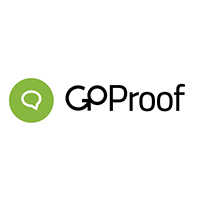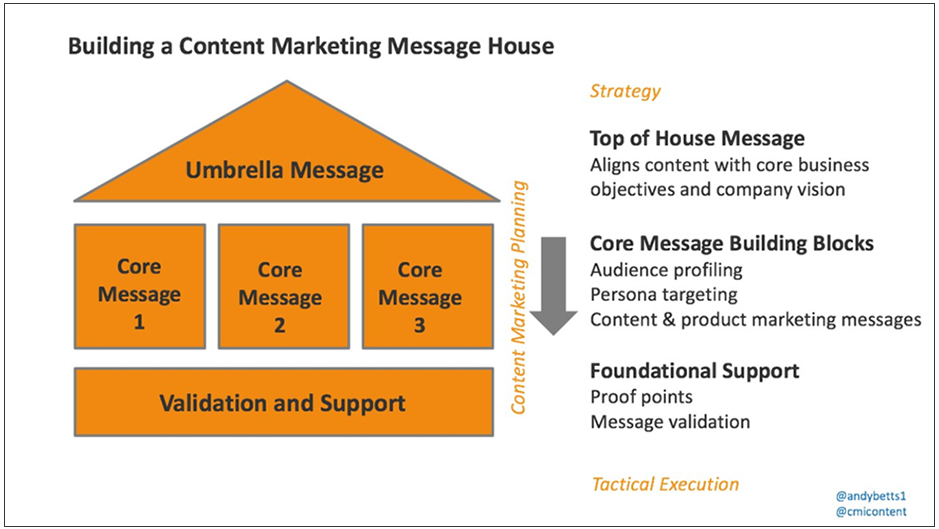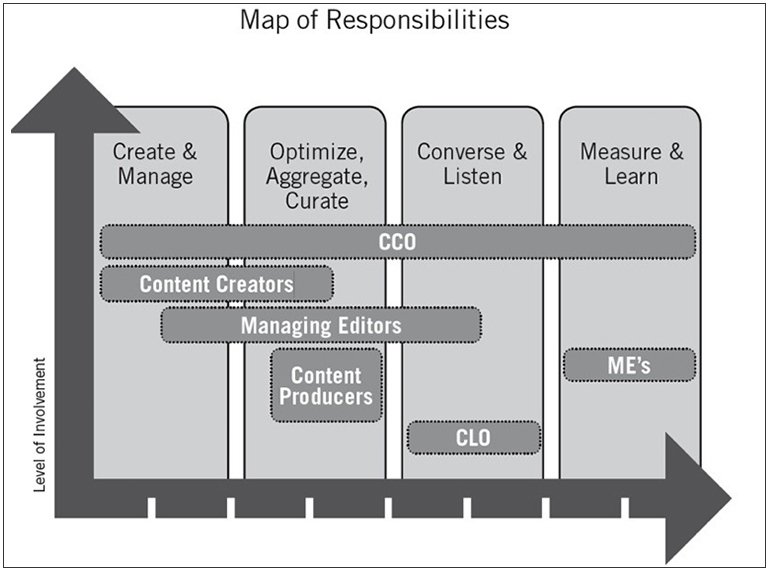Clemenger Media Sales is content marketing; niche media; media sponsorship = advertising sales.
Clemenger / Clemenger Advertising Sales / Clemenger sales OR CMS is niche media – what is your target market. Clemenger’s advertising / media / marketing sales team can help you own your target: do you want front covers and lead stories = do you need to own your target market?
Clemenger – CMS can help you own your customers – but you have to invest in content. You have to invest in building and managing relationships.
Clemenger can help you add value.
Clemenger Media Sales is the niche media, the content marketing, the media partnership experts (we have dozens of media / publishing clients ; hope the following news helps –
Building a sustainable content marketing culture
Follow these steps to make content a priority across your entire business.
TIFFANY SAYERS
If you’re looking to drive a change in your organisation, you need one thing: good leadership. Effective leaders create and maintain a culture that reinforces a company’s core values, encourages employees to do the right thing and helps drive the company’s long-term strategy. When done well, culture can have a powerful influence on an organisation’s performance.
As a business director at an integrated content marketing agency, I often work with multiple team members from one client organisation. This is an obvious situation, as agencies – particularly in content and strategy – service teams across digital, PR, CRM, events and marketing. These teams operate just the way they should, as teams, delivering on their specific KPIs, goals and deliverables. However, they often do so without visibility on what other departments are doing and/or working towards. This creates operational silos, which leads to mixed messaging across all departments, a fragmented experience, or duplication of effort.
A top-down content marketing strategy would enable these teams to communicate, have shared objectives and split the cost of sending a journalist to said event. It would also encourage them to consider a multi-channel approach – for example, they might invest in a content producer so the business comes out of the event with behind-the-scenes footage for the social team and a video wrap-up of the event in addition to one or two articles.
It’s not always this simple, but it does help make the point that if no one owns content or how it aligns with company objectives, you’re likely to see poor results with aimless content and inconsistent messaging.
Implementing a content strategy and driving content as a culture is a proven way to generate content marketing effectiveness. It provides a clear path forward for all teams.
So where to begin?
Step 1: Have a clear vision
More often than not, no one person or team ‘owns’ all the content, especially in a large organisation. However, as discussed earlier, each team does produce content for its own purposes.
What if teams could align all their efforts?
Content culture is driven by a unified process that’s agreed on and documented, across departments. In order to do this, executive buy-in from each department is essential to the culture’s success. A business will benefit exponentially from executive buy-in because it positively impacts the organisation’s effectiveness and unites everyone under the same vision (individuals and teams alike).
Getting teams to think content-first (not channel-first) will help you get the best out of your strategy.
Step 2: Build your message ‘house’
According to the experts at Content Marketing Institute, one way to help your marketing team unify its content efforts across multiple digital channels is to build a messaging framework, which acts as a guide for aligning content with both customer needs and business objectives. It looks like this; quite literally a house:
From this, you can establish your content objectives across departments in order to collectively agree on what you want your content to accomplish. This will also help you clarify what you need to communicate and how you can deliver a consistent customer experience.
Step 3: Build your team
If you can give your employees clear roles and identify one leader to advocate your content strategy across the business, it will be easier to develop and foster a content culture.
It’s important to have someone who can lead the charge on things like delivery, ideation and process, because a content marketing culture that works requires common processes and a shared messaging system — cross-functional “standards and mechanisms” of governance, as digital marketing expert Lisa Welchman refers to them. Below, content marketing author Joe Pulizzi maps out his view on content roles and responsibilities.
From here, you can onboard teams (internal and agency partners alike) to begin your content delivery. Here are the roles broken down in more detail:
Chief content officer (CCO): This person is the project lead. They oversee all teams and content proofing. If you work with an agency, this will be a senior account service person and/or strategist. If you’re building a team in-house, this person needs to cast influence and be organised.
Content creators: These individuals take an active role in the content outputs for their teams and the business as a whole.
Managing editors: This role oversees all content (words and images), ensuring tone of voice and consistency in outputs. They often brief content producers if required.
Content producers: Individuals outside the core content marketing group who contribute to the content mix via a range of expertise and skills.
Chief listening officer (CLO): We recommend enlisting an external strategist or digital team for this one. If you need someone internal, pick someone with a data and research role. Have them examine your content, response rates, click throughs and engagement as well as any analytics. This information can help you optimise your overall messaging. The insights you gain will also help your managing editors make decisions based on data.
Step 4: Make it easy to get stuff done
Once you’ve spent time setting up your content house and briefing all stakeholders, you’ll want to make sure it’s easy to deliver your content. This is when it’s time to set up the right tools and processes. Be through. Think about things like how you will approve new systems or who will develop the company style guide so that everyone is following the same tone of voice.
At Hardie Grant Media, we live in online documents so we can track edits and updates, but we also have a suite of digital assets that facilitate our content marketing efforts. Building an internal content culture can be challenging when you’re also doing a hundred other things for everyone else, but when you’re set up for success, you really are half way there.
Here are some tools of the trade that we recommend:
 Harvest HarvestThis time tracking tool is incredibly useful for evaluating where your time is spent. |
 Forecast ForecastA seperate tool also owned by Harvest for project/resource management. It can be used in conjunction with Harvest or on its own. |
 GoProof GoProofThis tool streamlines our proofing workflows by allowing us to share work for review and deliver feedback in one central location. |
 Flight FlightWe love this digital asset management tool (DAM), which allows us to share assets with our clients and collaborate on projects. |
(There are plenty of other useful tools to consider too!)
If your organisation isn’t quite at this level yet, there are still checks and balances to ensure adequate approval systems are in place. Otherwise, you do risk pumping out content waste: content that is vapid or wildly off-message, content for the sake of content, or content that does not reflect the brand and has no real impact. In that case, you might as well not bother.
Step 5: Work together and track your results
Fostering collaboration between your content teams is a sure-fire way to ensure the longevity of your output. Be accountable, get together with all departments and agencies and focus on a single, collective goal. Make sure your content is authentic, knowledgeable and reflective of your company culture. By supporting one another and celebrating multi-channel output (when you’re really humming) you will improve your entire organisational culture.
Don’t forget to review your work as a team and celebrate your achievements. In order to quantify your efforts, and learn and optimise for next time, you’ll want your managing editors and digital experts tracking your results.
Recently, while tracking the results of a client campaign here at HGM HQ, we discovered that an unidentified new demographic was interacting with a certain type of content. This led to a test and learn campaign targeting a new audience, which had fantastic results. Regular, data-led scrutinising of campaign results will improve the effectiveness your ongoing content strategy and corporate communications. Tracking behaviours back to business KPIs will also help you justify the continued investment.
Pulling it all together
A content marketing culture is born out of good leadership and executive buy-in, backed by process and collaboration and improved by data and analytics. I’ve put these steps together in an effort to simplify what can sometimes be a convoluted process, but it’s up to you to decide how you will move forward from here.
It’s always worth networking with other team members to drive cost savings, continuity and new opportunities. You might be surprised where this kind of thinking can lead you.
Tiffany Sayers, business director



